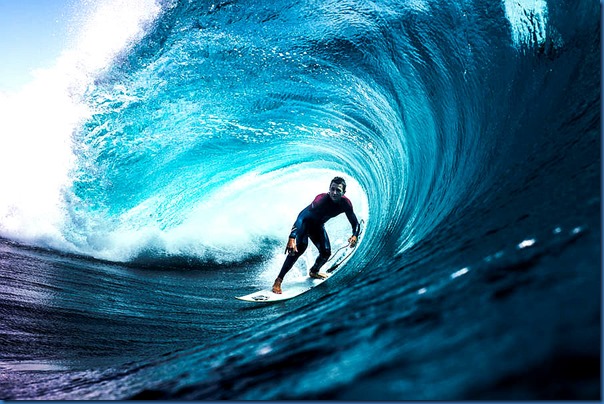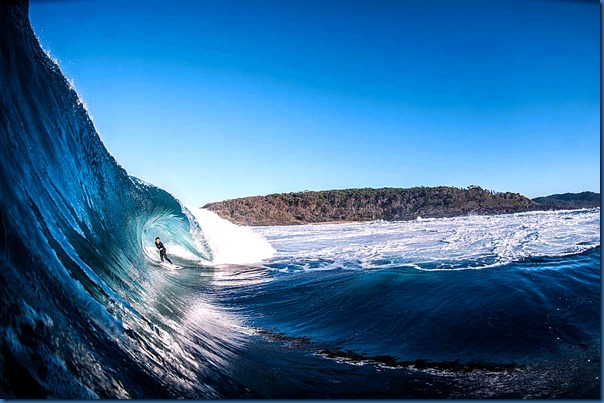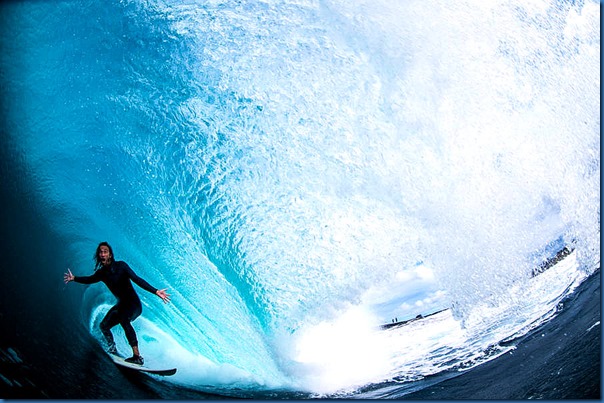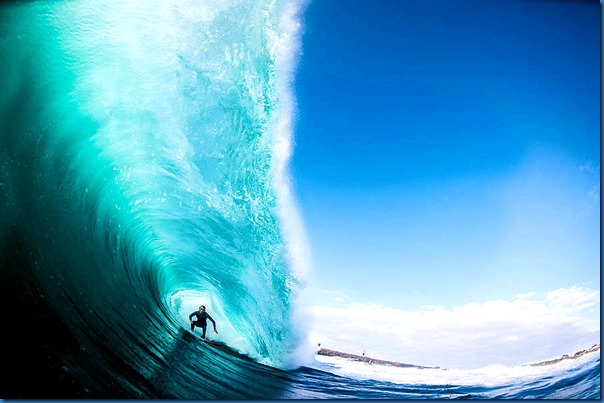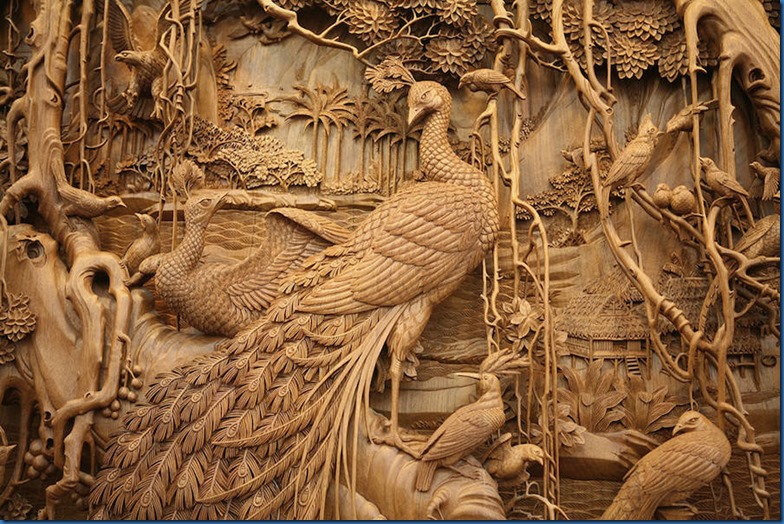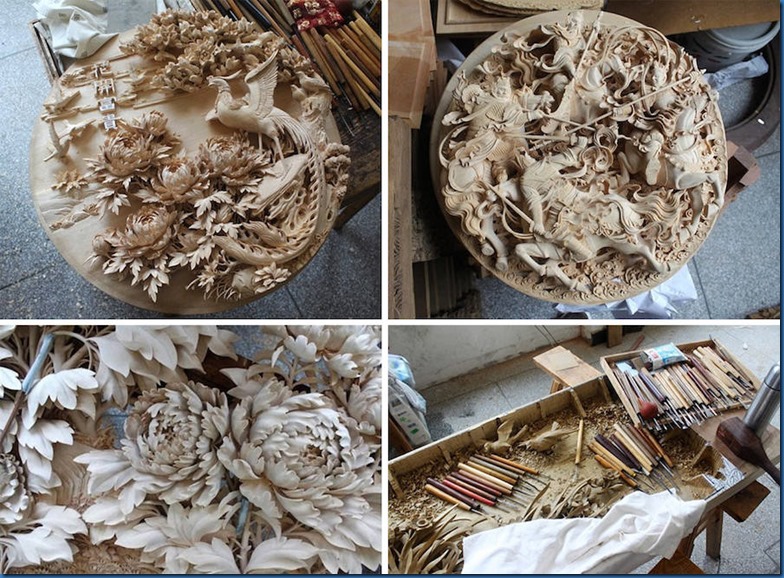The prize was more than thirty miles off the German coast. Rising 300 feet from the surface of the North Sea was a forest of shimmering fiberglass-and-steel wind turbines. In his dreams, photographer Luca Locatelli stood atop a turbine with his camera to capture the essence of Germany’s massive push for offshore wind power.
But his dream would have to wait.

All wind-turbine workers must receive water-safety training before they can work offshore. Inside a German training pool of the Maritime Center of Competence Elsfleth (MARIKO), a student readies to flip a life raft as his instructors look on.
All Photographs by Luca Locatelli

Trainees in an emergency raft signal to a faux helicopter for rescue in a simulated nighttime thunderstorm, which includes waves more than six feet high, total darkness, deafening sound, and high winds inside the Elsfleth training center.
“I have to say that we have severe preconditions for everyone,” wrote an energy company executive. “The photographer needs to have all certificates … [which] include, among other training, the so called ‘survival at sea’ and HUET,” (which stands for Helicopter Underwater Escape Training).

An instructor, left, and a safety diver, right, watch an upside-down trainee try to safely escape from a capsized-helicopter simulator. Helicopter escape training is a prerequisite for working on offshore wind platforms.

Two trainees in red suits are surrounded by instructors and safety divers as the helicopter simulator descends into the wave pool.
Undaunted, Locatelli and his assistant, Sirio Magnabosco, enrolled in the grueling four-day training, which allowed them access to the offshore wind farms. Magnabosco made a video (at the top of this page) of Locatelli going through the course. The training included weathering a pool outfitted to create stormlike conditions at sea—six-foot waves, thunder and lightning, and wind and rain, all in total darkness.
“I can tell when it’s dark, when there is the wind, when there is the noise of the thunderstorm, somehow you don’t recognize very well that it’s a simulation,” Locatelli recalled. “You are just in trouble. The water is real. The waves are real. So you have to breathe, and you have to swim, otherwise you fail.”

A helicopter shuttling workers prepares to take off from the Regina Baltica, a boat that is used as a floating hotel, more than 30 miles off the coast of Germany. Nineteen wind farms have been built or are under construction in German waters of the North and Baltic Seas.

“Energy cowboys” wait for the ride out to the wind turbines to begin work in the morning aboard the Regina Baltica.
The wind farm that Locatelli was able to photograph, courtesy of DONG Energy, was the Borkum Riffgrund 1 wind farm that was inaugurated this month. The312-megawatt wind farm has 78 turbines producing enough power for 320,000 German households. Eighteen other wind farms have been built or are under construction in German waters of the North and Baltic Seas.
And, once Locatelli was finally allowed access to the turbines in the sea, he was finally able to make the images that he had envisioned all along.

Photographer Luca Locatelli is all geared up to photograph wind turbines in the North Sea.

A Siemens worker on an offshore wind turbine uses a crane to lower a wrench to workers below. The technicians were finishing work on the 78-turbine Borkum Riffgrund 1 wind farm off the coast of Germany in the North Sea.

A Siemens maintenance vessel floats among wind farms more than 30 miles from the German shoreline. The vessel can hold up to 40 technicians, has a workshop, holds small turbine parts, and can safely deliver workers to turbines in eight-foot swells.
http://proof.nationalgeographic.com/2015/10/28/to-photograph-a-windfarm-you-must-learn-to-survive-at-sea/











